Hiber
Non-EO
Quick facts
Overview
| Mission type | Non-EO |
| Launch date | 29 Nov 2018 |
Hiber IoT CubeSat Constellation
Mission Status Launch Spacecraft References
The Dutch startup company Hiber of Amsterdam, The Netherlands, is celebrating the lift-off of its first HiberBand nanosatellite on 29 November 2018 at the Satish Dhawan Space Centre in Sriharikota, India. Dutch-government backed Hiber will be the first truly global satellite solution, bringing IoT (Internet of Things) connectivity to the vast majority of the world which is currently lacking a network. 1)
Less than 10% of the globe is covered by IoT-ready connectivity, with existing networks (such as WIFI and LPWAN) favoring urban areas and wealthier countries, while traditional satellites that provide wider coverage are expensive and power hungry. For these reasons, many IoT applications and services are not currently economically viable — for example, monitoring soil moisture to improve production efficiency and crop quality in the third world countries that rely on farming the most. Hiber is launching into the orbit to change that.
Once fully operational, the nanosatellite will fly over earth's poles 16 times a day and the equator twice a day, providing our planet with IoT-connectivity. Using a process that is up to 20 times cheaper than existing global solutions, it works by transferring data from modems and antennas owned by customers directly to the microsatellites. Data packets are then sent back to earth via the two existing satellite stations in Spitsbergen in Norway and Delft in the Netherlands.
The network will be commercially operational from Q1 2019, serving more than 25 pilot customers. Hiber estimates there is a potential £3.5B opportunity for growth as potential IoT projects falter due to a lack of connectivity. One of Hiber's pilot customers, the British Antarctic Survey (BAS), will be using the network to transmit data from remote measurement stations currently lacking satellite communications. The ability to stream data from the stations will result in more frequent information gathering at a lower cost and the strain on the environment will be reduced as visits are lessened.
Other customers include a Dutch company which will be bringing climate stations to schools in rural communities in Peru, Tanzania and Sri Lanka to educate tomorrow's smart farmers and Blik Sensing, which helps manage water resources by providing insight into global groundwater levels.
Hiber has already partnered with Amazon Web Services, IBM Watson and Actility for easy integration into existing cloud services, allowing customer to easily build unique applications with global data-streaming capabilities.
On 8 August 2018, Hiber installed its first ground station on the roof of its research and development center in Delft, the Netherlands. Hiber also plans to route customer communications through a ground station in Svalbard, Norway, operated by KSAT. 2)
Hiber, a Dutch startup developing an Internet of Things communications service for machine-to-machine applications, and Kongsberg Satellite Services (KSAT) of Norway formed a long-term partnership to create a ground station infrastructure for Hiber's Low Power Global Area Network, called Hiberband, in a deal announced 8 August at the Small Satellite Conference at USU (Utah State University), Logan, UT.
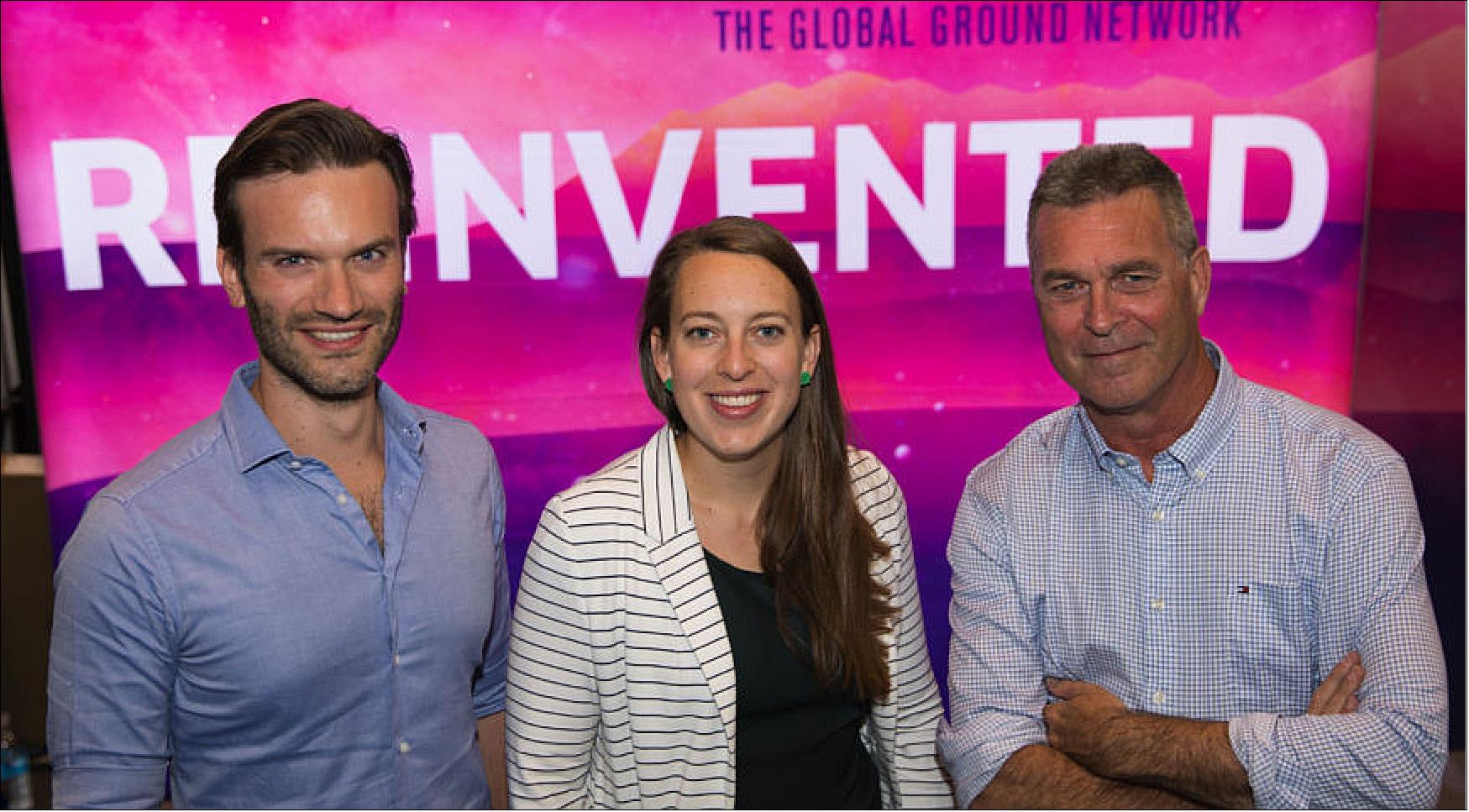
More than 50 customers have signed up for Hiber's pilot program, representing the industries it plans to serve, including asset management, precision agriculture and energy, Engelen said.
Hiber plans to transmit data messages for customers through 4.5 meter Cobham S-band antennas installed in Delft and Svalbard. The sites also will be equipped with UHF and VHF antennas for telemetry tracking and control, plus connection to Hiber Mission Control, Engelen said.
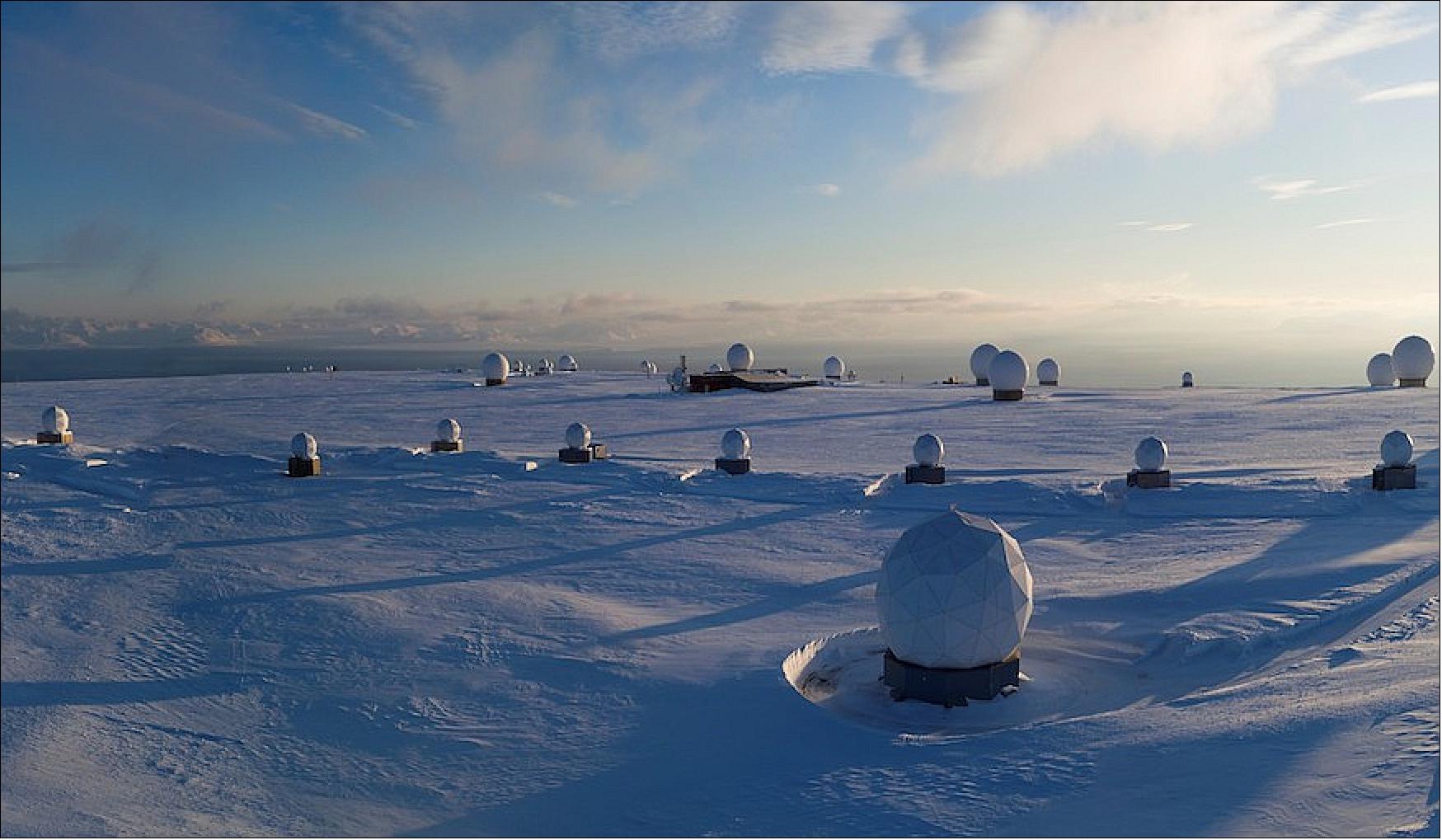
Mission Status
• January 24, 2022: The Internet of Things is a broad term that describes the complex network of interconnected devices all over the world. From the lights in your home, which you can control via an app on your tablet. Or the watch on your wrist, which can collect valuable health data and deliver it to the companion app on your phone. Each of these devices works together to create a seamless, unified, everyday experience. 3)
- IoT is important for a lot of reasons, but one of the biggest is because it makes the untrackable, trackable (finally). Take the watch on your wrist, for example. It measures your heartbeat reliably, every 10 minutes. The amount of data it can give you over the course of the device's lifetime is enormous, and that data can be used to help you live a happier, healthier life. In the past there wasn't an easy way to get all of this data, but IoT has opened doors we've never even seen before.
- So, shouldn't remote worksites benefit, too? - Companies in urban areas are using the Internet of Things to increase productivity, lower costs, and make the worksite safer and more efficient. But remote worksites haven't been able to join the IoT party. There are a few reasons why (including the cost, lack of infrastructure, and other unfortunate practicalities), and the result is that remote worksites know they're missing out on IoT, but don't know how to get access.
- That's why we created our company. And it's also why we hope you'll join us on this journey.
- Here's the thing. IoT doesn't have to be complicated, and it doesn't have to be science fiction anymore. We believe that it should be as easy for you to find your assets in the middle of the mountains as it is for you to find your keys in your house. We're building a world that makes that possible, all so you can decrease costs, increase utilisation, and build more profitable worksites.
• November 19, 2021: For some assets, you just want to know whether they're functioning and if they are where they are supposed to be. But for others, location and status tracking just isn't enough. For some assets, you want cold, hard data, and lots of it. 4)
- If you're data-hungry, your best bet is to go with a specialized asset tracking solution. One that's built specifically for that asset, and which is designed to mine as much data from the device as possible. But, specialized asset tracking solutions have a host of logistical challenges that you need to consider as you look for a tracking solution. Curious? Keep reading, and we'll cover the pros and cons of specialized asset tracking.
Pros of Specialized Asset Tracking
- Specialized asset tracking refers to tracking solutions that are designed for a specific type of asset, or a certain brand. These solutions can be wonderful if you want to gather lots of data for a specific asset. Some of the pros include:
a) Pre-assembled systems: One advantage of some asset tracking systems is that they come with the asset itself. This is most notable with heavy equipment. Most brands have built-in telematics systems that let you track the vehicles, no third-party integration needed. This isn't the case for every asset type, but it is a plus for the assets that have this option.
b) Specialized asset data: If you have key assets that you need a lot of data from, then specialized asset tracking is the way to go. These systems will give you loads of data and insights on that specific asset and its performance.
c) Excellent insights: Specialized asset tracking systems don't just offer more data. They're often designed to give you more insights from that data. A specialized system will outline how to improve your way of working, and the insights these systems can offer is unparalleled.
d) Targeted improvements: Everything these systems do is focused on increasing output and improving asset productivity. They'll help you build specific plans to get the most out of the assets you track.
Cons of Specialized Asset Tracking
- Specialized asset tracking is a great first step. But if you've got a large fleet, or are in a remote area, there are some key problems you'll have to face.
- Mixed fleets: One of the benefits of specialized asset tracking software is that it's often built into the asset. But the flip side of this benefit is that these telematics systems often don't work together. And since the majority of fleets include assets from various brands, built-in operating systems can become more of a pain than they're worth. While there is some standardization and interoperability among brands, the reality is that it can be hard to patch all of the asset trackers together into one cohesive system or provide the needed insights in a blink of an eye.
- Limits on the types of assets you can track: Specialized asset tracking is an excellent option if you want lots of data on your assets. But if you've got different types of assets (from heavy machinery, to vessels, to non-powered equipment like portable toilets), you'll have to string together different types of tracking solutions to get a cohesive overview of your worksite.
- Personnel needs: Specialized asset trackers are designed to give you loads of information. And while this information is amazing, it means you need people to interpret the data insights and make changes to your worksite. Depending on the complexity of your system, you may need to hire a few full time employees just to monitor the system.
The Verdict
- Overall, specialized asset trackers are excellent for gathering specific data from your vehicles, but they aren't always the most practical solution. If you're looking to make big productivity gains with a specific asset type, this might be the best option. But if you just want to know where your assets are and how your assets are being treated, you might be overpaying with a specialized solution.

• October 12, 2021: Days after acknowledging it would no longer operate its own satellite network, Dutch internet-of-things startup Hiber says it is partnering with Inmarsat to provide those services. 5)
- Hiber announced Oct. 12 that it will use Inmarsat to provide the satellite connectivity for the IoT services it offers, primarily to industrial customers. Hiber will combine that satellite capacity with its own proprietary protocols for low-power and low-data services to its terminals.
- Hiber will use a new Inmarsat network called ELERA that Inmarsat announced in August. ELERA is designed to support IoT services using its existing L-band satellites, enhanced by the two Inmarsat-6 satellites scheduled for launch late this year and next year that will offer significantly enhanced capacity.
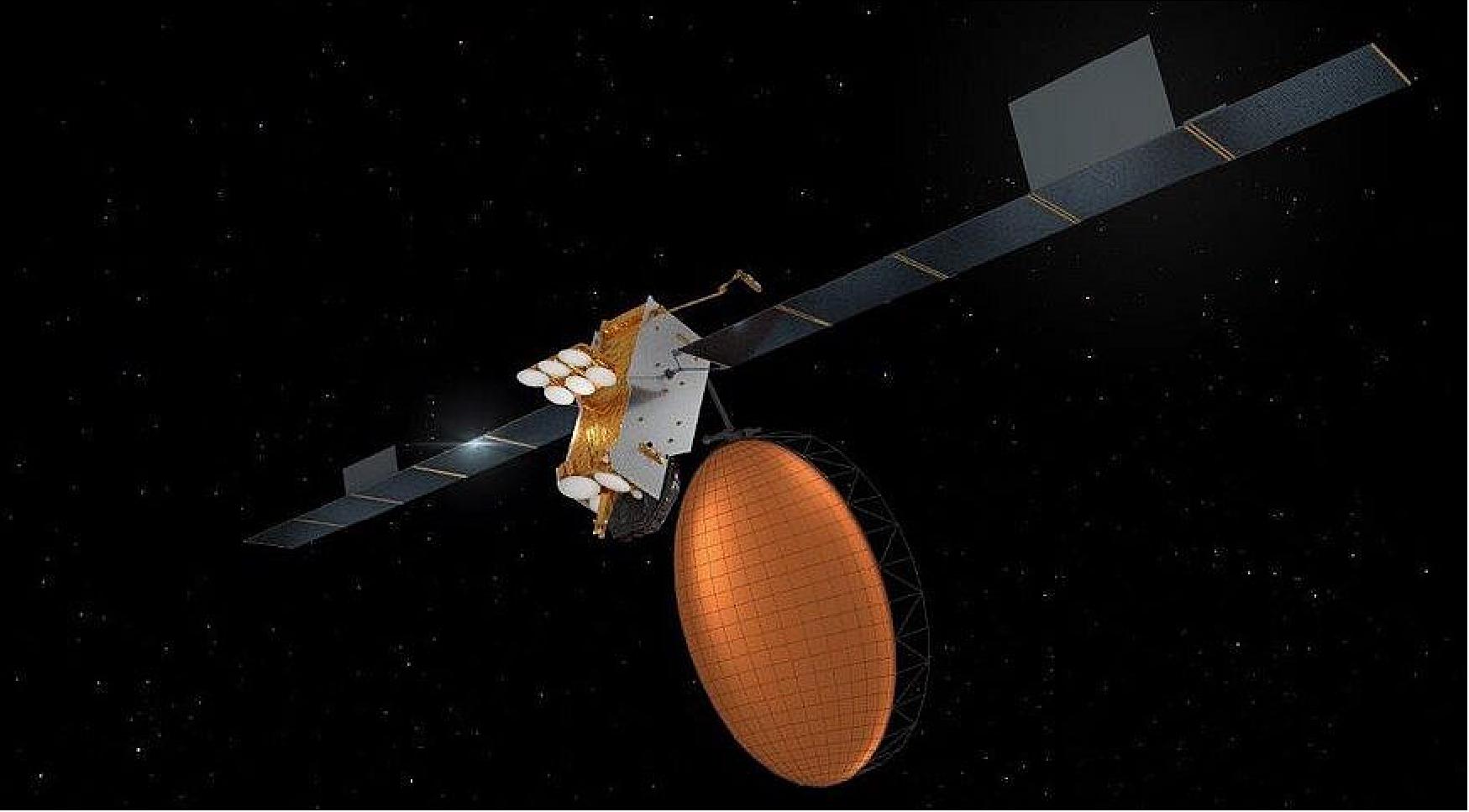
- "This strategic partnership with Inmarsat creates the most powerful global network for IoT available and helps Hiber to focus on rural remote, and industrial IoT solutions, which is where the real life-changing innovation will happen," Roel Jansen, chief executive of Hiber, said in a statement. He added the agreement gives Hiber "immediate access to a global market" and "helps us accelerate our time to market."
- The announcement comes two and a half weeks after Hiber notified the Federal Communications Commission that it was surrendering a license to operate its own constellation of 24 smallsats to provide IoT services. The company claimed a combination of technical problems with the four satellites it had launched so far and financial issues kept it from continuing with its own system.
- In its Sept. 24 letter to the FCC, Hiber said it had "pivoted its business operations and intends to provide Internet-of-Things services through leased capacity on a third-party satellite network," but did not disclose the company providing that network. That letter, though, referenced another FCC filing by Hiber seeking permission to operate 500,000 mobile terminals.
- "Hiber will use the Inmarsat satellite network using dedicated beams leased from Inmarsat," the company said in its June 7 filing about the terminals. The FCC approved the application Oct. 5.
- Hiber hasn't disclosed details about the technical problems with its satellites that it said forced it to surrender its FCC licenses. The company said two of the satellites had been decommissioned and the other two suffered technical issues that would be "cost prohibitive" to correct. It did not identify which of the four satellites had been decommissioned and which had the technical problems.
- One industry source said the company's first two satellites, launched in late 2018, had been decommissioned, although it was not clear why. The other two, launched in January and March of 2020, weren't known to have serious technical issues.
• October 6, 2021: Dutch company Hiber is dropping plans to deploy an internet-of-things smallsat constellation, electing instead to provide similar services through a third-party system. 6)
- In a Sept. 24 letter to the Federal Communications Commission (FCC), the company said it was surrendering its market access authorization, effectively a license to provide communications services in the United States. It is also surrendering a license to operate 10,000 terminals that would have used those satellites.
- "Hiber will not be further developing its authorized satellite system and is currently in the process of surrendering its space system license to the Administration of the Netherlands," the company said in the filing.
- Hiber had been authorized to operate a 24-satellite system, with four launched to date. The first two launched in late 2018 as payloads on PSLV and Falcon 9 rideshare missions. A third launched on another Falcon 9 rideshare mission in January 2021 and the fourth as a secondary payload on a Soyuz-2 launch in March 2021.
- However, Hiber said in the filing that two of the four satellites are no longer operational. The other two, the company, have suffered technical issues that "prevent Hiber from deploying its anticipated commercial service." The company didn't elaborate on those problems but stated that "diagnosing and addressing the technical issues would be cost prohibitive." The company did not disclose which two of the four satellites were no longer operational and which two had encountered technical issues.
- A lack of operational satellites has kept the company from generating revenue, it said. In addition, the pandemic "has been devastating to Hiber's ability to obtain additional investment to support construction of the remaining satellites" because its executives in the Netherlands have been unable to travel to the United States to meet with potential investors.

- Hiber, though, did raise 26 million euros ($30 million) from the European Union's European Innovation Council Fund and private investors in March. The company said at the time that it was working on its "in-house-developed satellite constellation" for IoT services. "The funds will be used to further expand the satellite network and grow its customer base," the company said in a March 30 statement.
- More recently, though, the company has called itself an "industrial IoT as-a-service startup" in statements, including one Sept. 13 announcing an agreement with energy company Shell to provide well monitoring services. Those services use "satellite technology," the company said in a statement, but made no mention of Hiber's own satellites.
- Hiber said in its FCC filing that it is relying on other satellite networks to provide IoT services. "Hiber has pivoted its business operations and intends to provide Internet-of-Things services through leased capacity on a third-party satellite network," the company stated. The company did not disclose that third-party network in the letter, or in a statement to SpaceNews.
- "Historically, we have provided IoT connectivity solutions through both our own satellites and third-party networks," Roel Jansen, chief executive of Hiber, said in the Oct. 6 statement. "After reviewing our operations and our customers' requirements, we have decided to discontinue our own satellite activities and deliver connectivity exclusively through best-in-class third-party providers."
- Hiber acknowledged in its letter surrendering its license that it owes the FCC a default payment of $1.92 million, paid by a surety bond. The company asked the FCC to waive that payment, arguing it made a good-faith effort to deploy its satellite constellation, spending about 28 million euros in the process. If the FCC declined to waive the payment, Hiber asked that it be reduced by one third, reflecting the fact that it launched four satellites out of the minimum of 12 it needed to avoid the surety bond obligation.
- Hiber was among several startups planning smallsat constellations to provide IoT services, seeking a piece of what they believe is a growing market for device connectivity, particularly in remote locations not served by terrestrial networks.
- Others in the field are developing partnerships to provide service on other companies' satellites in addition to launching their own satellites. Myriota, an Australian company offering IoT services by satellite, announced a partnership with Spire Global Sept. 22, where Myriota will use Spire's constellation of smallsats to expand its network. The deal, Myriota said, will allow it "to quickly and cost-effectively scale its IoT services to meet rising global demand."
• March 30, 2021: European satellite and communications start-up, Hiber BV has secured €26 million in EU and private investment to expand the world's first global IoT (Internet of Things) satellite network. 7)
- The European Innovation Council Fund (EIC Fund), the EU's innovation agency, has awarded Hiber a share of its €278 million Innovation Fund, which will enable the EU to play a prominent role in the global space sector and enhance its autonomy. The EIC has co-invested with an innovation credit provided by the Dutch government and existing shareholders.
- Hiber's in-house-developed satellite constellation will ensure that it is possible to track and monitor machines and devices for a wide range of IoT solutions in some of the world's hardest-to-reach places. The funds will be used to further expand the satellite network and grow its customer base.
- Coen Janssen, Chief Strategy Officer and co-founder of Hiber, commented: "The €26 million funding is a fantastic validation for Hiber's success and a major boost for the European ‘New Space' sector. It is a key step in realizing our aim of making the Internet of Things really simple and available for everyone in remote and developing regions of the world."
- Hiber was founded in 2016 to make IoT easy, especially in areas where there is no affordable cellular or WiFi connection. Hiber's scaling of the satellite network and innovative IoT solutions will have significant positive impact on some of the biggest issues facing the world today, from eliminating food wastage to reducing the environmental impact of extracting fossil fuels.
- "Every year, 30 percent of food production is lost or wasted and 33 percent of oil wells experience leakages. Both problems can be addressed by using technology to monitor pressure, humidity or temperature. These are great examples of how space innovation can solve important global problems and improve lives," continued Coen Janssen.
- Nicklas Bergman, European Innovation Council Fund Committee Member commented: "I am glad to announce the EIC Fund support to this highly innovative company aiming at creating a European champion in the satellite Internet of Things sector. This equity financing will help Hiber to enable affordable and ubiquitous connectivity for the IoT solutions."
- Elia Montanari, Head of Management and Control at the European Space Agency, commented: "This major success has been supported at European level by collaboration of major EU bodies (EIC, EIB, ESA) fostering the Space Value Chain."
- Hiber's selection as one of three companies to receive the maximum investment from the EIC Fund is in recognition of the shining role it can play in supporting the EU's agenda. The Fund also targets the funding gap at the start-up and scale-up stage, where European venture capital market relatively underperforms as compared to the global venture capital market.
- Steven Kroonsberg and Roel Jansen are joining Hiber to take their position in the management team. Steven will take on the role of CFO having been former Principal at Boston Consulting Group and CFO at WePayPeople, exited to People2.0. Roel was Vice President Sales at Survey Monkey and Co-founder and CCO at Usabilla (exited to Survey Monkey). Roel's task as CCO will be to implement an "IoT-as-a-Service'' commercial model for the company. Co-founder of Hiber, Laurens Groenendijk, will step aside as Managing Director to turn his attention to his other investment initiatives.
Launch
• Hiber-3 was launched on 22 March 2021 as a passenger payload on the Soyuz-2.1a/Fregat rideshare mission of Arianespace from the Baikonur Cosmodrome, Kasakhstan. The was the first commercial mission operated by GK Launch Services. Delivery of 38 spacecraft from 18 countries into three Sun Synchronous Orbits. Hiber-3 was deployed at an orbital altitude of 550 km. 8)
• Hiber-4 is a second generation satellite developed and assembled by Hiber's engineers in its Amsterdam office. Hiber -4, and its sister satellite Hiber-3 (launch in March), are half the volume (3U) of the previous generation, which reduces the mass and decreases the launch costs by up to 50 percent. The newest generation of satellites also have an on-board propulsion system allowing Hiber's ground engineers to adjust the satellite's orbit. 9)
Launch: On January 24, 2021 (Sunday), a SpaceX Falcon 9 Block 5 vehicle of the Starlink constellation launched 143 small satellites for a wide range of customers on the company's first dedicated rideshare mission, a service that poses a competitive threat to emerging small launch vehicles. 10) Transporter-1 is the first rideshare mission of SpaceX. The Falcon 9 lifted off from Space Launch Complex 40 (SLC-40) at Cape Canaveral Space Force Station in Florida at 15:00 UTC (10 a.m. Eastern), a launch delayed one day by poor weather. The first stage, making its fifth launch after being previously used for NASA and commercial launches, landed on a droneship off the northern coast of Cuba. — The rocket's second stage started deploying satellites 59 minutes after liftoff into sun-synchronous orbits, a process that took more than a half-hour to complete. The 143 satellites (along with Hiber-4) on what SpaceX called the Transporter-1 mission were the most deployed on a single launch, breaking the record of 104 set by an Indian Polar Satellite Launch Vehicle (PSLV) mission in February 2017.
The Hiber-1 and -2 6U CubeSats were built by ISIS (Innovative Solutions in Space) of Delft, The Netherlands.
• The Hiber-1 nanosatellite was launched as a secondary payload on an Indian PSLV rocket on 29 November 2018.
• The Hiber-2 nanosatellite was launched on Spaceflight Industry's SSO-A multi-satellite launch on a Falcon-9 v1.2 (Block 5) rocket on 3 December 2018 from VAFB, CA.
Spacecraft
The first-generation 6U CubeSats were built by ISIS (Innovative Solutions In Space BV) of Delft, The Netherlands. The payload is built by Hiber Global and integrated at ISIS into the satellites.
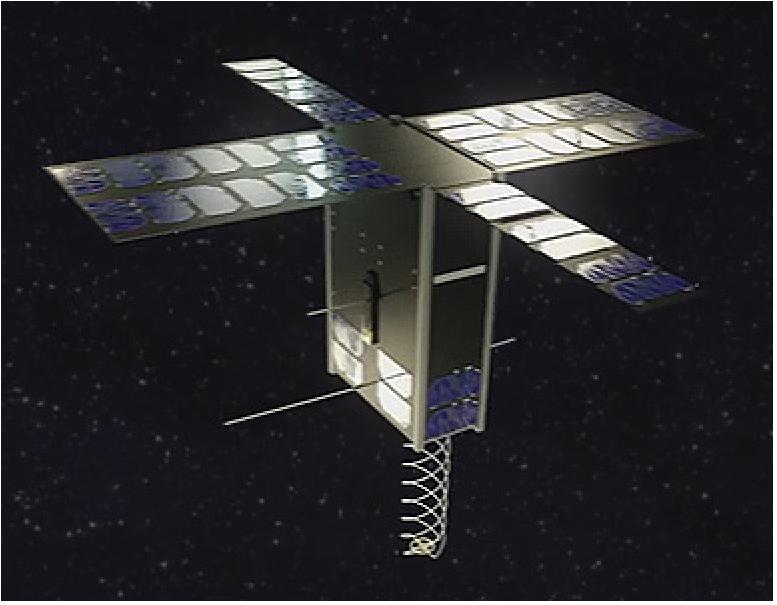
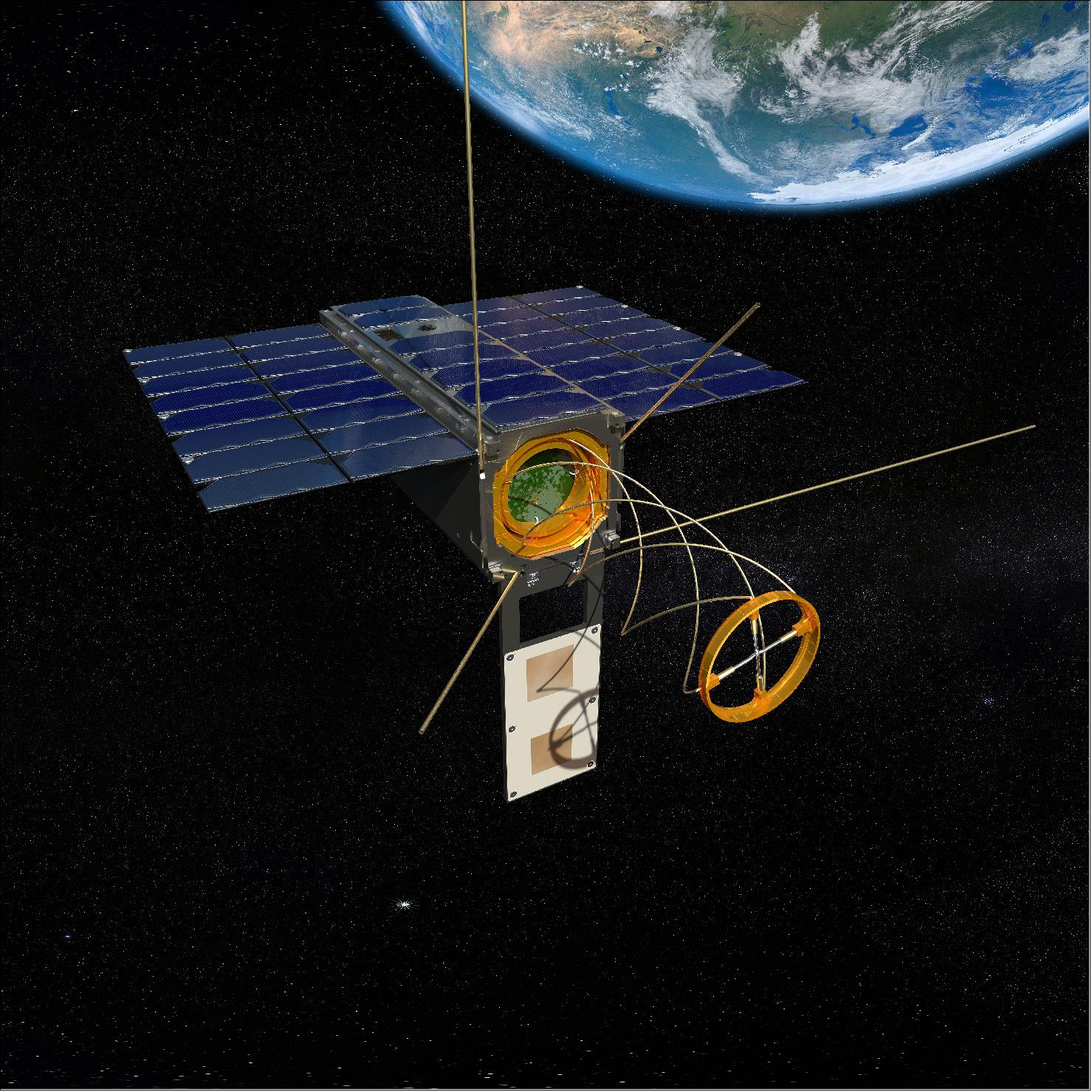
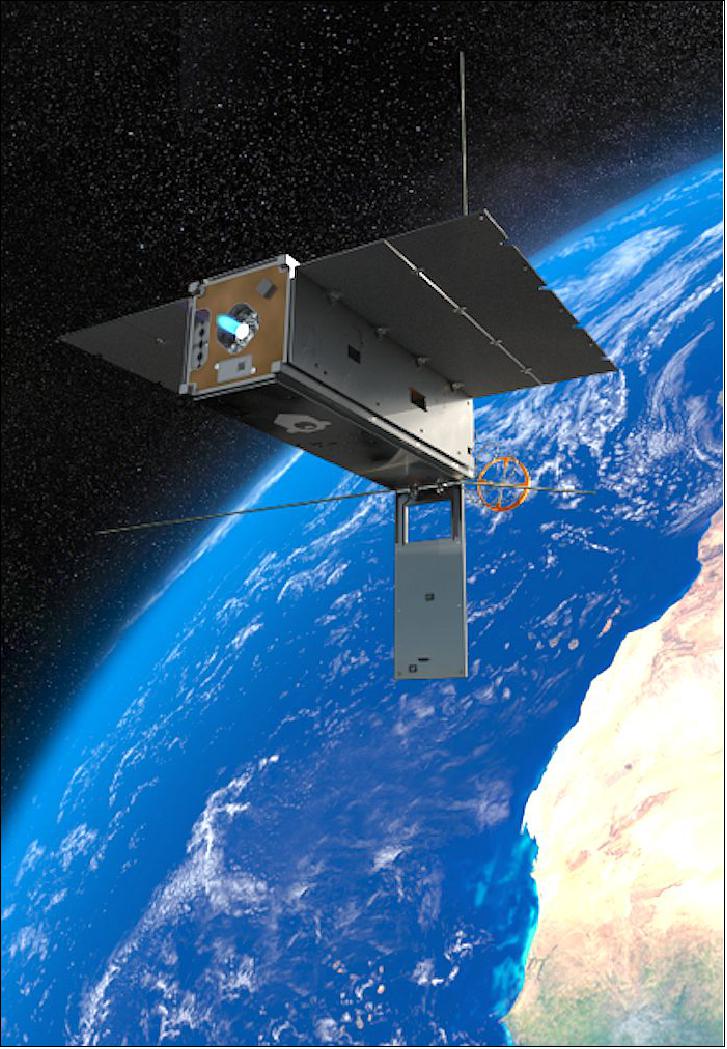
References
1) Caro Bouwhuis, "Dutch startup celebrates lift off of first global IoT-connectivity network," 27 November 2018, URL: https://medium.com/hiber-global/dutch-startup-celebrates-lift-off-of-first-
global-iot-connectivity-network-17961118dbbf
2) Debra Werner, "IoT startup Hiber forms ground station partnership with KSAT," Space News, 9 August 2018, URL: https://spacenews.com/iot-startup-hiber-forms-ground-station-partnership-with-ksat/
3) "Easy access to digital technology matters," HiberEasypulse, 24 January 2022, URL:
https://sf-content.hiber.global/hibereasypulse/blog/
easy-access-to-digital-technology-matters?utm_source=nurturing
&utm_medium=email&utm_campaign=easypulse_lwf_
intent&utm_content=article
4) "The pros and cons of specialized asset tracking," Hiber, 19 November 2021, URL:
https://sf-content.hiber.global/hibereasypulse/blog/the-pros-and-
cons-of-specialised-asset-tracking?utm_source=automation&utm_medium=
email&utm_campaign=easypulse_lwf_consideration&utm_content=article
5) Jeff Foust, "Hiber partners with Inmarsat for IoT satellite network," SpaceNews, 12 October 2021, URL: https://spacenews.com/hiber-partners-with-inmarsat-for-iot-satellite-network/
6) Jeff Foust, "Hiber abandons plans for IoT satellite constellation," SpaceNews, 6 October 2021, URL: https://spacenews.com/hiber-abandons-plans-for-iot-satellite-constellation/
7) "EU selects Hiber to boost investment into the ‘New Space' sector," Hiber Press Release, 30 March 2021, URL: https://hiber.global/press/eic-funding/?utm_source=newsletter&utm_medium=email&utm_campaign=eic-funding#first-item
8) Stephen Clark, "Privately-funded mission takes off to begin space debris cleanup trials," Spaceflight Now, 22 March 2021, URL: https://spaceflightnow.com/2021/03/22/privately-funded-mission-takes-
off-to-begin-space-debris-cleanup-trials/
9) "Hiber Launches Via SpaceX One of the Most Responsible CubeSat Constellation Satellites," Satnews, 17 February 2021, URL: https://news.satnews.com/2021/02/17/11207/
10) Jeff Foust, "SpaceX launches record-setting cluster of smallsats," SpaceNews, 24 January 2021, URL: https://spacenews.com/spacex-launches-record-setting-cluster-of-smallsats/
The information compiled and edited in this article was provided by Herbert J. Kramer from his documentation of: "Observation of the Earth and Its Environment: Survey of Missions and Sensors" (Springer Verlag) as well as many other sources after the publication of the 4th edition in 2002. - Comments and corrections to this article are always welcome for further updates (eoportal@symbios.space).